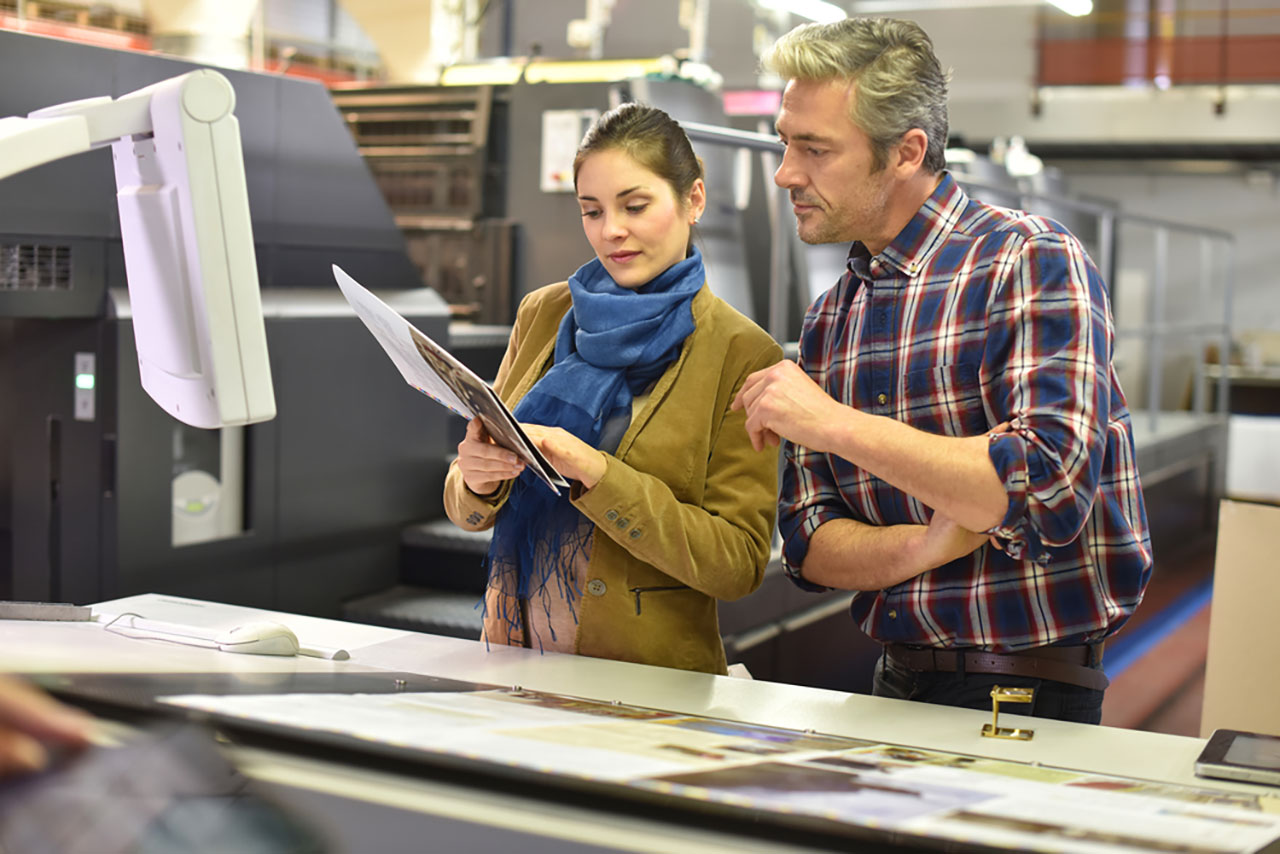

When you hold a safety meeting, you’re providing information that will help your people make the right choices—the safe choices—that will save lives, time, and money. But how do you find out what your people don’t know? Here, we’re talking about the unknown unknowns—the hazards, risks, procedures, emergency plans, etc. that your people should know about, but might not. These unknowns are hard to identify, but they can show up without warning, and sometimes they’re hidden by the “big picture.” Take action to identify the hazards that your people don’t know that they don’t know.
On an ever-evolving job site, new hazards could include chemicals, equipment, location or geography hazards, or risks created by other contractors. When you find these (previously unknown) hazards, explain how to control them to your crew.
Talking about safety with your people will provide two benefits. Over time, your people will realize that you really value and care about safety. They’ll be more likely to follow safety rules and work safely when they know safety is a company value. You’ll have more opportunities to identify the unknowns, especially when you’re talking with someone one-on-one.
You can’t rely on common sense to keep your people safe. The safety knowledge some people call common sense is only "common" to those who have the same backgrounds, experiences, and values. Construction sites have lots of people from very different backgrounds. What’s common safety knowledge to you may have never occurred to someone else. To make matters worse, safety ideas that are common can become routine, ordinary, and almost invisible. Common ideas fade into the background and, since we aren’t paying attention to them, those ideas lose their power to motivate us to act. So, call attention to the common hazards like the slippery, wet floor, but be careful not to become a broken record. Stay fresh. Bring up a different "common-sense" situation each day or each week. Inspire your crew to be mindful of everything they do—even the common stuff—and they’ll be more likely to notice the common hazards and prevent the common accidents.
By definition, it’s impossible to know all of the unknown unknowns, but identifying some of them reduces the likelihood that someone on your crew or on your site gets injured.